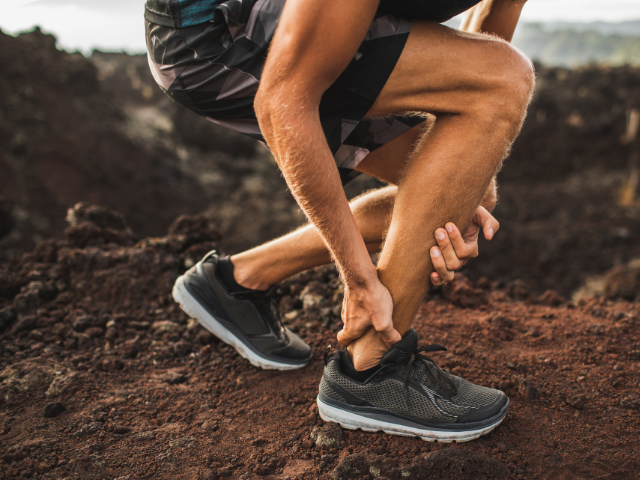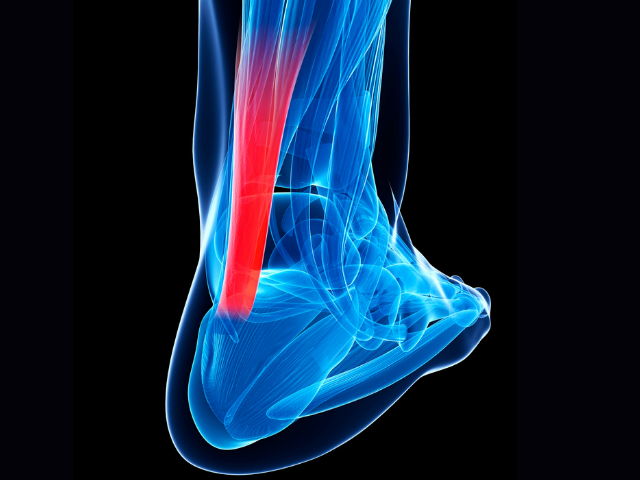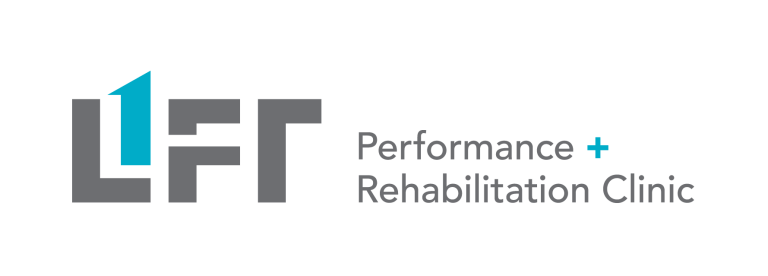Lift Clinic Vancouver Physiotherapists for Elbow, Patellar or Shoulder Tendon Pain
Tendon pain can stop you from doing your normal activities. Patellar tendon pain can stop you from playing sports requiring jumping. Elbow tendon pain can affect your work and your ability to grip and maneuvre your tools. Shoulder tendon pain (rotator cuff tendons) can stop you from training at the gym.
Consider this scenario. You decide to order a new pair of shoes. You’re excited to do this run because your new pair of runners just arrived from Amazon. You haven’t ran for a year, but you’ve run 10km easily before. You finish your run, it was much more difficult than you remember.
The next morning you wake up the back of your heel is aching and your ankles feel stiff.

You stop running, but the pain sticks around for about a week. A week later, it starts to feel better and you decide to run 10km again and the cycle repeats itself.
Your Tendons are Meant to be Loaded
The tendons are these dense, highly structured tissues that transfer forces from muscles to bone. The structure of the tendon gives them great tensile strength, but the poor blood supply means there is poor healing potential.
When you exercise, your tendons are subject to load depending on the intensity of the force, the duration of the movement and the frequency of the movement. Why doesn’t your tendons hurt after every run?
Normally when the tendons are loaded, they are conditioned enough to accept the load and regenerate enough to not be injured. However, if your tendons are overloaded, the tendon breaks down at a much faster rate than it can regenerate, microtears occur and it becomes irritated and then inflammation occurs. This is when you start to get pain.
If the tendon is broken down enough, then the body will try to patch up the tendon quickly with an unorganized, weaker tissue (type 3 collagen or scar tissue) to support the tendon, which will eventually recover and become healthy tissue again (type 1 collagen).
When there is an issue with repetitive strain or a constant excessive load of the tendon, then the structure of the tendon becomes weaker due to the accumulation of the weaker tissue (type 3 collagen) and not the tissue not having the opportunity to become healthy tissue again.
Tendonitis vs Tendonosis: Does the Diagnosis Matter?
Depending on the mechanism of injury, how long you’ve had the pain for, and whether or not inflammation is present, it can change the treatment plan and the goals for treatment.
Tendonitis is that initial first few days when the tendon gets angry after the first 10km run, and responds with inflammation and pain. The goal during the phase is to settle down the inflammation (either through deloading the tendon, NSAIDs, or other modalities.) Once the inflammation settles, your pain and stiffness should subside. The typical healing time for this can vary from several days to 6 weeks with proper rest and deloading.

Tendinosis is when you’re constantly overusing the tendon, without giving it time to rest and heal, and the structure of the tendon starts to change. This can lead to pain in the area with no signs of inflammation. The treatment goals are to optimise the recovery of the tendon tissue, and break the cycle of injury, improve load tolerance so the tendon can become a normal healthy tendon again. Ultimately, this means a reduction in pain, and return to normal activities with a stronger tendon. This process can take up to 3-6 months for the tendons to change in structure. If there is insufficient load for a prolonged duration (absolute rest from activity), then the tendon can also be deconditioned and weaken.Long term effects of tendinosis puts the tendon at risk of partially tearing or rupturing due to the weaker structure.
It is important to know that some treatment options for tendonitis can be detrimental to a tendonosis injury. Taking NSAIDs and corticosteroid injections to a tendon with no inflammation have been found to inhibit tissue healing (collagen maturation), and increase the risk of tendon ruptures.
Treating Tendinosis – Vancouver Lift Clinic Physiotherapy
Adequate rest from activity: If you are still doing your activity, make sure you dial it back down a bit, or proactively take a rest before it breaks down. For example, with running, limit the amount of kilometres you do per week. Find a baseline level that does not cause you any pain. Build up from there.
Strengthening program: A progressive strengthening program that includes eccentric strengthening can help increase the load tolerance of the tendon, and also help stimulate the change from type 3 collagen to type 1.
Deep friction massage: Applying a deep friction massage can help mobilise the tendon tissue, with minimal discomfort. The massage can help to stimulate collagen production.
Addressing biomechanical issues: Fixing biomechanical faults can help to decrease the overall load to the tendon. For example, with the achilles tendon, if there are any underlying issues such as poor lower limb stability / strength, overweight, excessive pronation of the foot, limit joint mobility, they can lead to increase the load to the tendon.
Extracorporeal shockwave therapy (ESWT): ESWT is a non invasive therapeutic intervention that can help to reduce pain and improve function. It uses radial shockwaves to stimulate the tendon and it can help to increase pain tolerance and it may promote the natural healing process of the tendon.
How can a Physiotherapist / Chiropractor/ Registered Massage Therapist at Vancouver Lift Clinic Help With Tendon Injuries?
Our clinicians are able to do an in depth assessment to determine what may have caused your injury, and also determine the severity of the injury. This assessment will allow the clinicians to estimate a timeline for recovery, and ways to work around the injury at the gym.
The treatment sessions with the clinicians aim to help you reduce pain, restore movement and restore function. They will assess for weak links that may have led to the injury. For example, someone coming in for elbow pain when bench pressing may have an underlying issue with the shoulder that may have led to the elbow tendinopathy. Our clinicians will create a specific plan to help address your weak links, allowing you to gradually return to full activity, and help prevent further reinjury.
Our goal at Lift Clinic with gym injuries is to help you get back to doing what you need to do sooner and better than before.
—
References:
Federer, A. E., Steele, J. R., Dekker, T. J., Liles, J. L., & Adams, S. B. (2017). Tendonitis and Tendinopathy. Foot and Ankle Clinics, 22(4), 665–676. https://doi.org/10.1016/j.fcl.2017.07.002
Bass, LMT, E. (2012). Tendinopathy: Why the Difference Between Tendinitis and Tendinosis Matters. International Journal of Therapeutic Massage & Bodywork: Research, Education, & Practice, 5(1). https://doi.org/10.3822/ijtmb.v5i1.153
Lipman, K., Wang, C., Ting, K., Soo, C., & Zheng, Z. (2018). Tendinopathy: injury, repair, and current exploration. Drug Design, Development and Therapy, Volume 12, 591–603. https://doi.org/10.2147/dddt.s154660
Brukner, Peter. & Khan, Karim. (2017). Brukner & Khan’s Clinical Sports Medicine Injuries. Sydney, [New South Wales] : McGraw-Hill Education Australia
